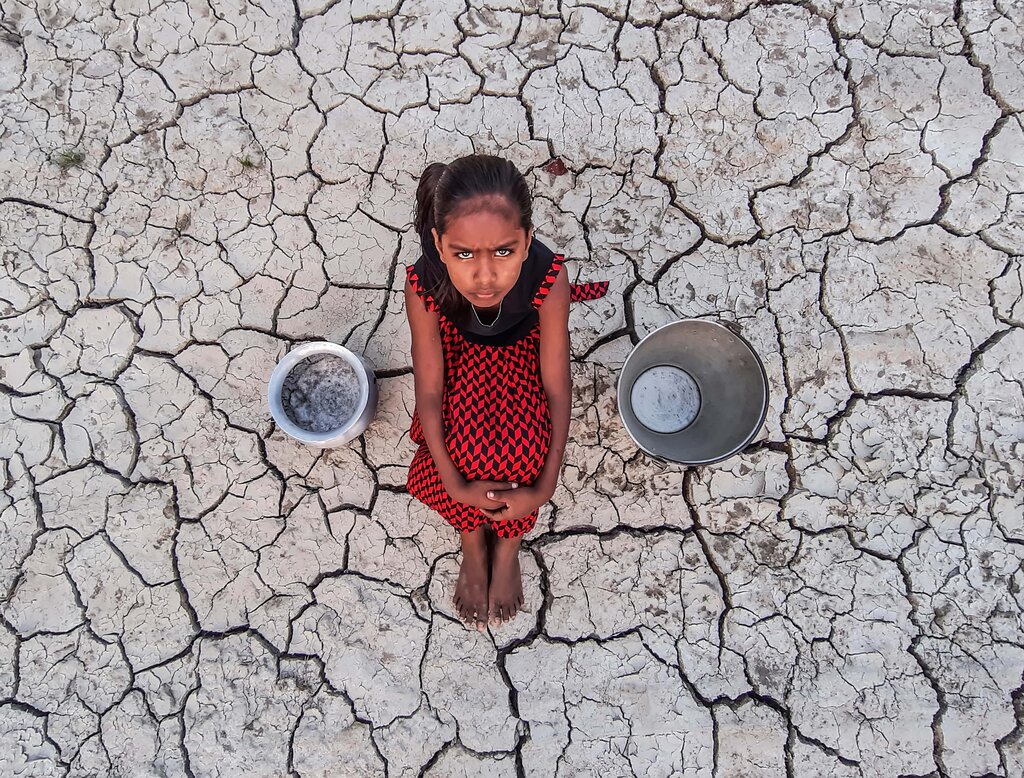The UN introduces the new Children’s Climate Risk Index and found that half of the world’s children currently live in extremely high-risk countries, stating that “the climate crisis is a child rights crisis.”
—
What is Happening?
- A new UN index and report finds that approximately 1 billion children, equivalent to nearly half of the world’s children, currently live in extremely high climate risk countries, and that children are more vulnerable to climate change than adults in terms of physical and physiological and have an higher risk of death.
- The publication comes just weeks after a landmark report confirming that humans are making irreversible changes to our planet and extreme weather events will become more severe and frequent .
- Published on Friday, August 21, the new report is the “first comprehensive analysis of climate risk from a child’s perspective” where countries are ranked on children’s exposure to climate, environmental hazards such as flooding, cyclones and heat waves, high levels of air pollution, shocks and stresses.
- Children living in the Central African Republic, Chad, Nigeria, Guinea, and Guinea-Bissau are among the countries where children are most at risk from climate change.
- Other notable countries include India, Pakistan and the Philippines.
- Many children live in countries or regions that experience multiple, and often simultaneous extreme climate conditions and environmental hazards including droughts, floods, air pollution and extreme weather events.
- An estimated 330 million children, equivalent to 1 in 7 children globally, are exposed to at least five major climate and environmental hazards.One in three children are living with water scarcity while 600 million children, or over 1 in 4 children, are exposed to diseases such as malaria and dengue.
- These environmental hazards often exacerbate each other and increase existing societal inequality, from inadequate essential services, such as water and sanitation, to access to healthcare and education. Continued exposures to these risks also reduces their future potential.
- Henrietta Fore, executive director of UNICEF, said: “For the first time, [this report gives] a complete picture of where and how children are vulnerable to climate change, and that picture is almost unimaginably dire. Virtually no child’s life will be unaffected.”
- UNICEF emphasised the need for much greater investment in climate adaptation to protect children from experiencing the impacts as well as improving children’s access to essential services. The UN agency also reiterates climate change mitigation work needs to accelerate.
- The report also calls for the inclusion of young people in all climate negotiations and decisions. Young climate activists and voices should be heard not only at the upcoming The UN Climate Change Conference of Youth (COY16) in Glasgow in November, but to be also represented at the UN COP26 summit, which takes place right afterwards.
You might also like: 86 Million People Have Been Moving Into Global Flood Zones in the Last Two Decades – Study
Featured image by: Ziaul Huque


















